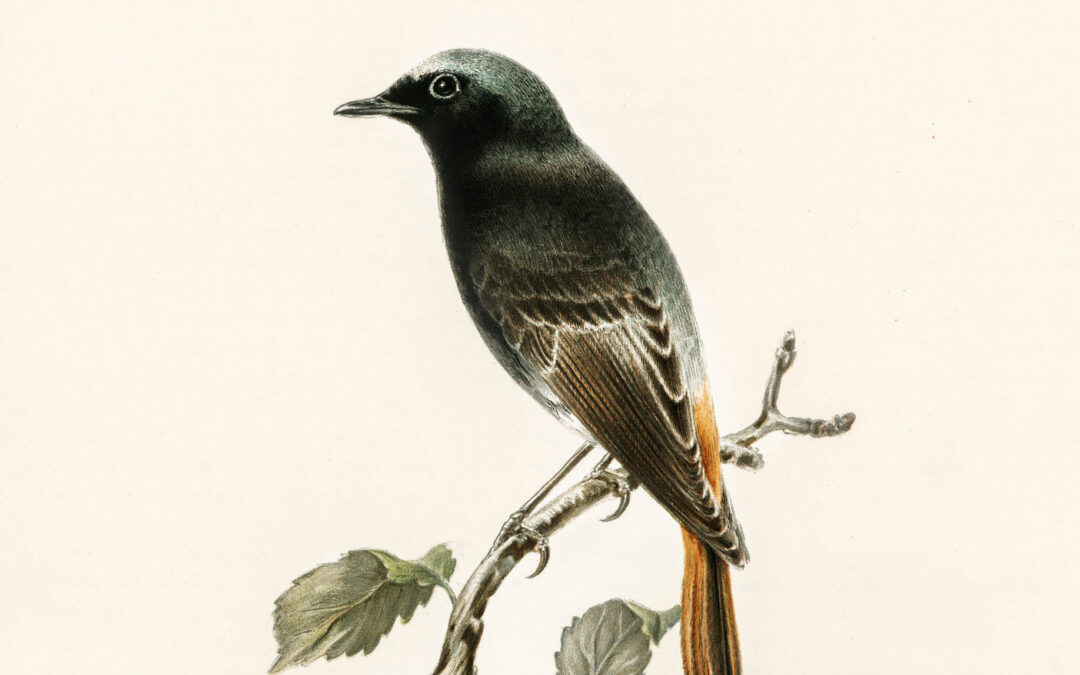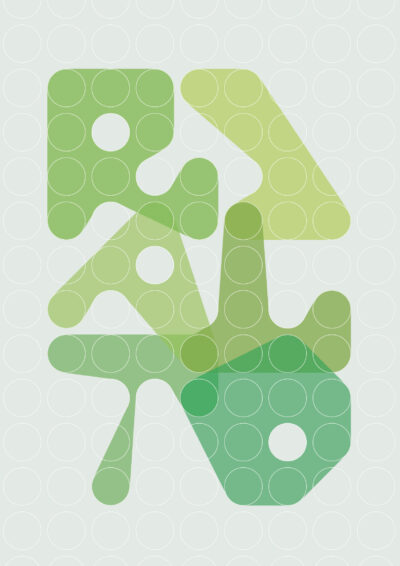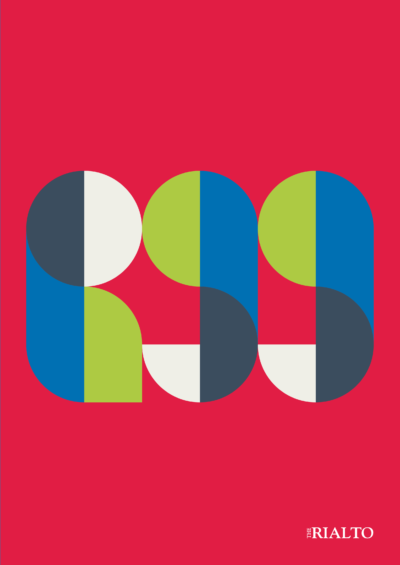I was told that my first words, lisped in the early 1940s, were ‘flowers’ and ‘airplanes’. So here was Nature. And the place? A new build (finished in 1938) of small, pebble-dashed, semis and detacheds and a couple of terraces a short walk from the terminus of London Transport’s No 64 bus route. The developers allegedly ran out of money before they completed the planned works, which included another ring of houses that would have surrounded the oval of ‘The Green’. This meant that our garden fence backed onto waste ground which got quickly covered in blackthorn and hawthorn scrub, and, as part of this, a hedge gone wild with neglect, and beyond there was farmland, where corn grew and was cut into sheaves which were built into stooks and then carted in wagons to be stacked into ricks.
The ‘airplanes’ in this semi-detached paradise? Addington is about halfway between Biggin Hill and Croydon, both at the time RAF bases, and there was a war on.
Years later and early one sunny spring morning I, a child now, was pushing through the bushes to the field when a flurry of birds rose up and flew away east along the hedge, their tails showing an astonishing bright red. A moment like the one when you first see the face of the beloved. Delight and excitement. I asked, but nobody knew what they were called. (They were redstarts).
So I became the boy who pressed flowers and collected butterflies. For a short while I went about with a gang that took birds’ eggs – if you took one from the nest that was ok (but as there were several of us I couldn’t see that that would be true). From somewhere came the idea of a mirror on a stick, so you could look into nests without disturbing them. I got one made for me and the gang followed. We became Naturalists.
There was a boy down the road who didn’t play out. You’d see him sometimes in the lanes in his school raincoat with a pair of binoculars around his neck. This was Alan. One day when I was 12 (ish) I saw a great grey shrike at the top of the ash tree at the back of the house. I knew that was what it was because the Observers Book had short prose descriptions of rarer birds, and this was one. Alan was sat upstairs at the back of the 64 bus that morning and, despite the fact that you got teased if you spoke with older boys at school, I told him about the shrike. He accepted my description and identification. I became a birdwatcher and went wandering solitary with my own binoculars. (Ex-military, 6 x 30, God knows what they’d seen).
I had a walk that I took, over the back fence, up Featherbed Lane, through the wood by the golf course, down the field on the other side and into Selsdon Wood. This was an amazing place for wild flowers, with acres of primroses, wood anemones, and bluebells. I’d wander about in the woods then go home by either Yew Tree Way or Court Wood Lane and climb back in over the fence.
There was seldom anyone else anywhere. An occasional dog taking itself for a walk, as they used to do. Sometimes a tractor on the arable land. Most of where I wandered is now either built upon or given over to vast golf courses. Selsdon Wood is still there, though with well signposted paths and a car park. Be interesting to know the current willow tit and hawfinch populations…
NOTE ON MONOCULTURE
The east side of Featherbed Lane, beyond the Waterworks puzzled me for a long time. It was a big field stretching up the hill towards New Addington and entirely covered in thick grey green grass. No bushes colonised it and no butterflies ever went there, nor grasshoppers. And the birds (whinchats, tree pipits, whitethroats etc., etc.,) kept very much to the hedge along the bottom of the hill (apart from the occasional exotic groups of wheatears on migration). I wondered if the cause was the pylons, which strode down the hill and off over the golf course towards Croydon, as I always felt a bit odd walking under their wires. In the end I discovered that the golf course owned the land and had ploughed it and seeded it with golf course (coarse) grass before the war. A field that was pretty much dead.
Michael Mackmin
There is still time to enter the current Nature and Place Competition. Or if you want to read the poems that won the last one they are in the new issue of The Rialto, 101, out now. 101 includes the report by Ian McMillan (last year’s judge).






